Pharmacology > QUESTIONS & ANSWERS > NUR 110:Chapter 09 Physical and Cognitive Development in Middle and Late Childhood Quiz(with all ans (All)
NUR 110:Chapter 09 Physical and Cognitive Development in Middle and Late Childhood Quiz(with all answers)GRADED A
Document Content and Description Below
1. During the elementary school years, children grow an average of _____ inches a year. A. 1 to 2 B. 2 to 3 C. 5 to 7 D. 7 to 10 APA LO: 1.2 Accessibility: Keyboard Navigation Bloom's: Rem... ember Difficulty Level: Easy Learning Objective: 9.1: Describe physical changes and health in school-age children. Topic: Body Growth and Change 2. On average, children gain _____ pounds per year during middle and late childhood. A. 1 to 2 B. 2 to 3 C. 5 to 7 D. 7 to 10 APA LO: 1.2 Accessibility: Keyboard Navigation Bloom's: Remember Difficulty Level: Easy Learning Objective: 9.1: Describe physical changes and health in school-age children. Topic: Body Growth and Change 3. During elementary school years, head circumference and waist circumference: A. increase in relation to body height. B. decrease in relation to body weight. C. increase in relation to body weight. D. decrease in relation to body height. APA LO: 1.2 Accessibility: Keyboard Navigation Bloom's: Understand Difficulty Level: Medium Learning Objective: 9.1: Describe physical changes and health in school-age children. Topic: Body Growth and Change 4. Advances in the _____ of the brain are linked to children's _____. A. parietal lobe; sharper color and peripheral vision B. occipital lobe; better spatial skills C. prefrontal cortex; improved attention, reasoning, and cognitive control D. temporal lobe; eye-hand coordination and pincer grasp APA LO: 1.2 Accessibility: Keyboard Navigation Bloom's: Remember Difficulty Level: Easy Learning Objective: 9.1: Describe physical changes and health in school-age children. Topic: Brain Development 5. The improvement of fine motor skills during middle and late childhood is a reflection of: A. increased myelination of the central nervous system. B. advances in the prefrontal cortex. C. an increase in the neurotransmitter dopamine. D. a simultaneous process where axons in the brain die, while dendrites in the brain grow and branch out. APA LO: 1.2 Accessibility: Keyboard Navigation Bloom's: Understand Difficulty Level: Medium Learning Objective: 9.1: Describe physical changes and health in school-age children. Topic: Motor Development 6. Eight-year-old Ella can use scissors to cut small paper dolls out of construction paper, something she could not do at age 3. What best accounts for her improving dexterity? A. Increased cortical thickening in the temporal lobe. B. Increased myelination of the central nervous system. C. Increased bone ossification. D. Increased muscle development. APA LO: 1.3 Accessibility: Keyboard Navigation Bloom's: Apply Difficulty Level: Hard Learning Objective: 9.1: Describe physical changes and health in school-age children. Topic: Motor Development 7. What is the most common cause of death for children in middle childhood? A. Motor vehicle accidents B. Drowning C. Cancer D. Child abuse APA LO: 1.1 APA LO: 1.2 Accessibility: Keyboard Navigation Bloom's: Remember Difficulty Level: Easy Learning Objective: 9.1: Describe physical changes and health in school-age children. Topic: Accidents and Injuries 8. Being overweight is defined in absolute relation to a person's _____. A. height B. body mass index C. weight D. waist circumference APA LO: 1.1 Accessibility: Keyboard Navigation Bloom's: Remember Difficulty Level: Easy Learning Objective: 9.1: Describe physical changes and health in school-age children. Topic: Obesity 9. In 2011–2012, _____ percent of 6- to 11-year-old U.S. children were classified as obese, which is essentially unchanged from 2009–2010. A. 12.5 B. 37.5 C. 24.5 D. 17.5 APA LO: 1.2 Accessibility: Keyboard Navigation Bloom's: Remember Difficulty Level: Easy Learning Objective: 9.1: Describe physical changes and health in school-age children. Topic: Obesity 10. Gertrude, 9, has been placed in the 98th percentile in terms of her BMI. Her doctor would likely tell her parents that she is: A. of a healthy weight. B. at risk for being overweight. C. overweight. D. obese. APA LO: 1.2 APA LO: 1.3 Accessibility: Keyboard Navigation Bloom's: Apply Difficulty Level: Hard Learning Objective: 9.1: Describe physical changes and health in school-age children. Topic: Obesity 11. Mitchell has been placed in the 96th percentile in terms of his BMI. His doctor would likely tell his parents that he is: A. obese. B. overweight. C. at risk for being overweight. D. at a healthy weight. APA LO: 1.2 APA LO: 1.3 Accessibility: Keyboard Navigation Bloom's: Remember Difficulty Level: Medium Learning Objective: 9.1: Describe physical changes and health in school-age children. Topic: Obesity 12. Ross has been placed in the 85th percentile in terms of his BMI. His doctor would likely tell his parents that he is: A. obese. B. overweight. C. at risk for being overweight. D. at a healthy weight. APA LO: 1.2 APA LO: 1.3 Accessibility: Keyboard Navigation Bloom's: Remember Difficulty Level: Medium Learning Objective: 9.1: Describe physical changes and health in school-age children. Topic: Obesity 13. Cardiovascular disease is _____ in children. A. uncommon B. highly prevalent C. nonexistent D. on the decline APA LO: 1.2 Accessibility: Keyboard Navigation Bloom's: Remember Difficulty Level: Easy Learning Objective: 9.1: Describe physical changes and health in school-age children. Topic: Cardiovascular Disease 14. Which of the following statements about children and cardiovascular disease is true? A. Cardiovascular disease is common in children. B. There is no scientific evidence of high blood pressure in children. C. High blood pressure goes undiagnosed in 75 percent of children with the disease. D. Behaviors in childhood do not affect the development of cardiovascular disease in later life. APA LO: 1.1 APA LO: 1.2 Accessibility: Keyboard Navigation Bloom's: Understand Difficulty Level: Medium Learning Objective: 9.1: Describe physical changes and health in school-age children. Topic: Cardiovascular Disease 15. A recent study found that children with a high body mass index and waist circumference are at risk for _____, a constellation of factors, including obesity, high blood pressure, and type 2 diabetes. A. ICF syndrome B. hyperventilation syndrome C. severe acute respiratory syndrome D. metabolic syndrome [Show More]
Last updated: 1 year ago
Preview 1 out of 129 pages
Instant download
 lee.png)
Instant download
Reviews( 0 )
Document information
Connected school, study & course
About the document
Uploaded On
Oct 21, 2020
Number of pages
129
Written in
Additional information
This document has been written for:
Uploaded
Oct 21, 2020
Downloads
0
Views
37

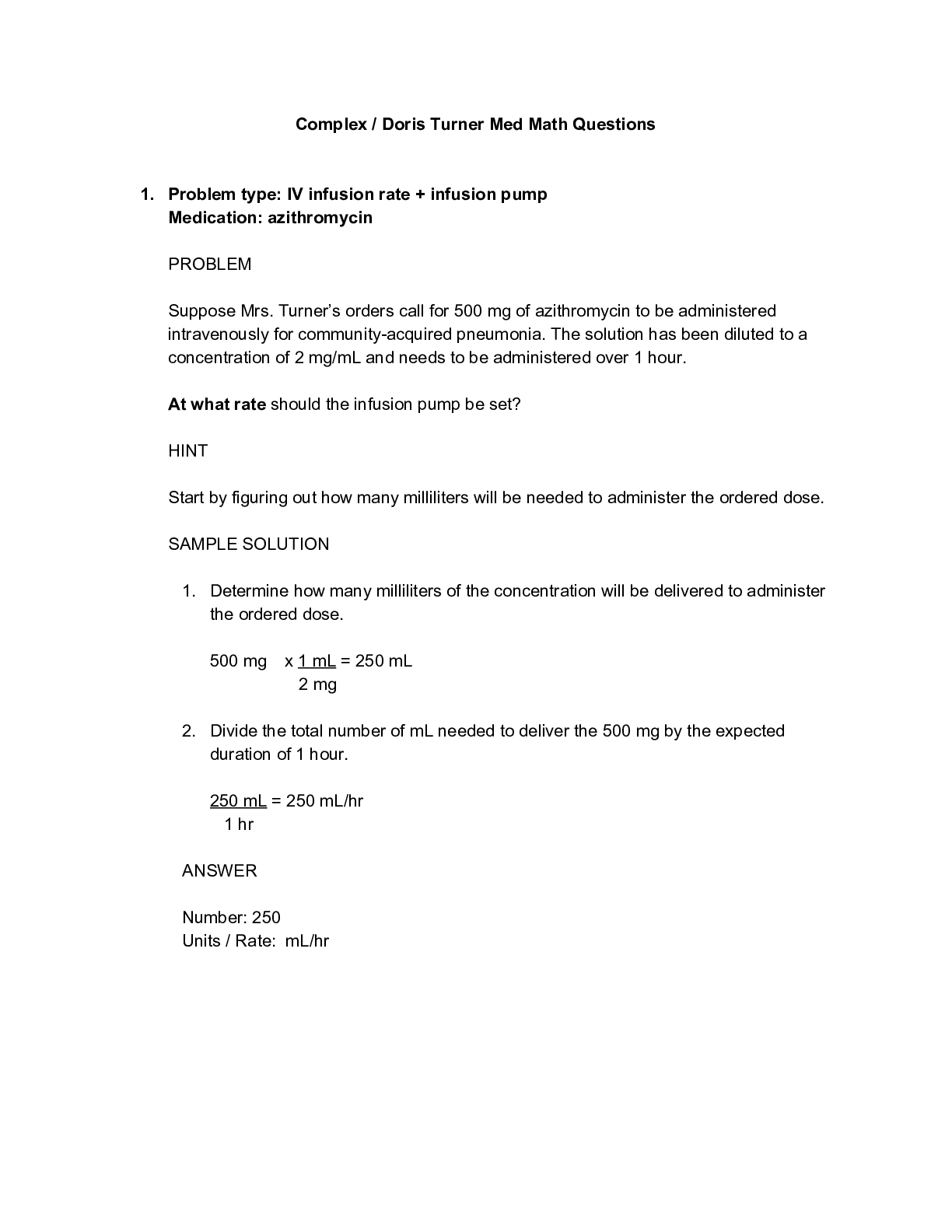

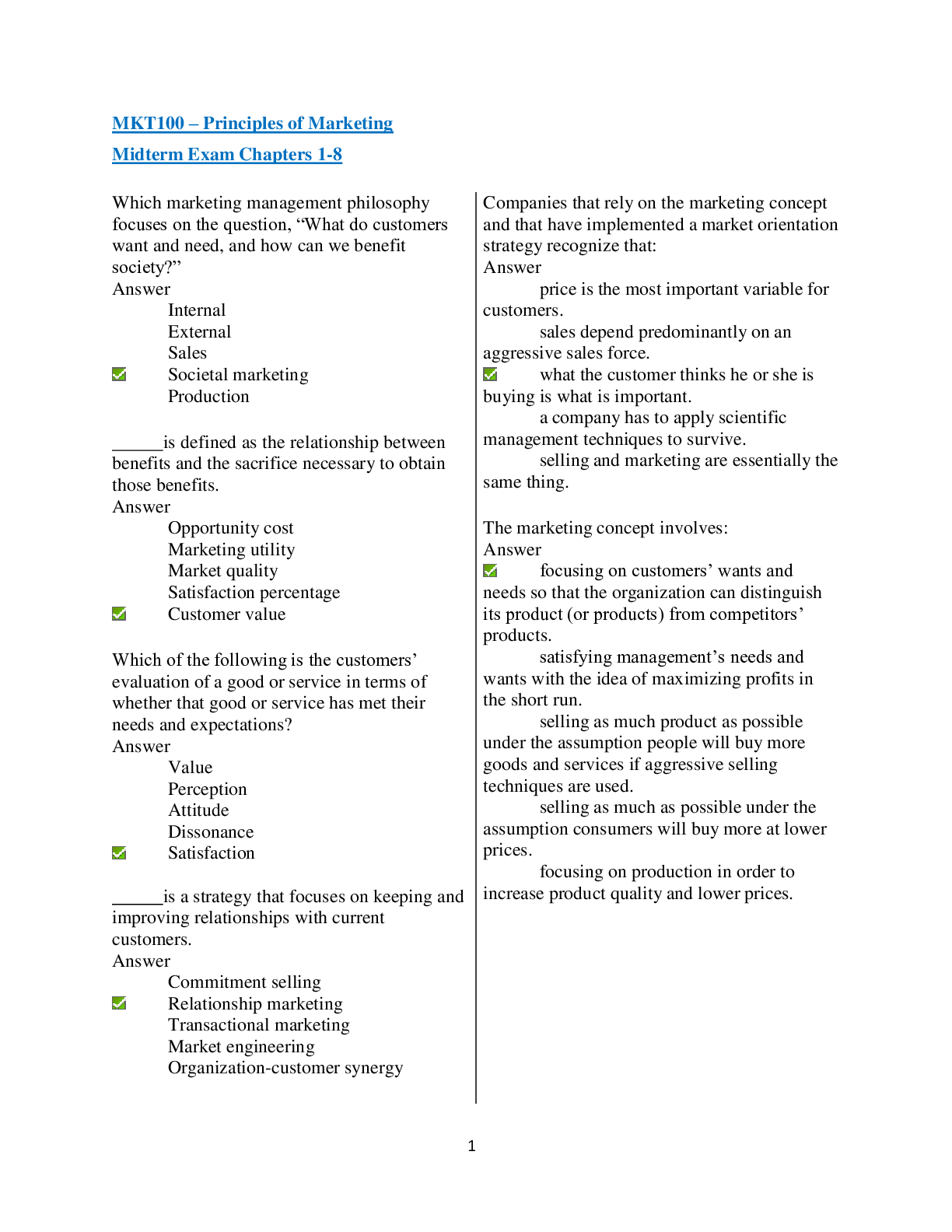



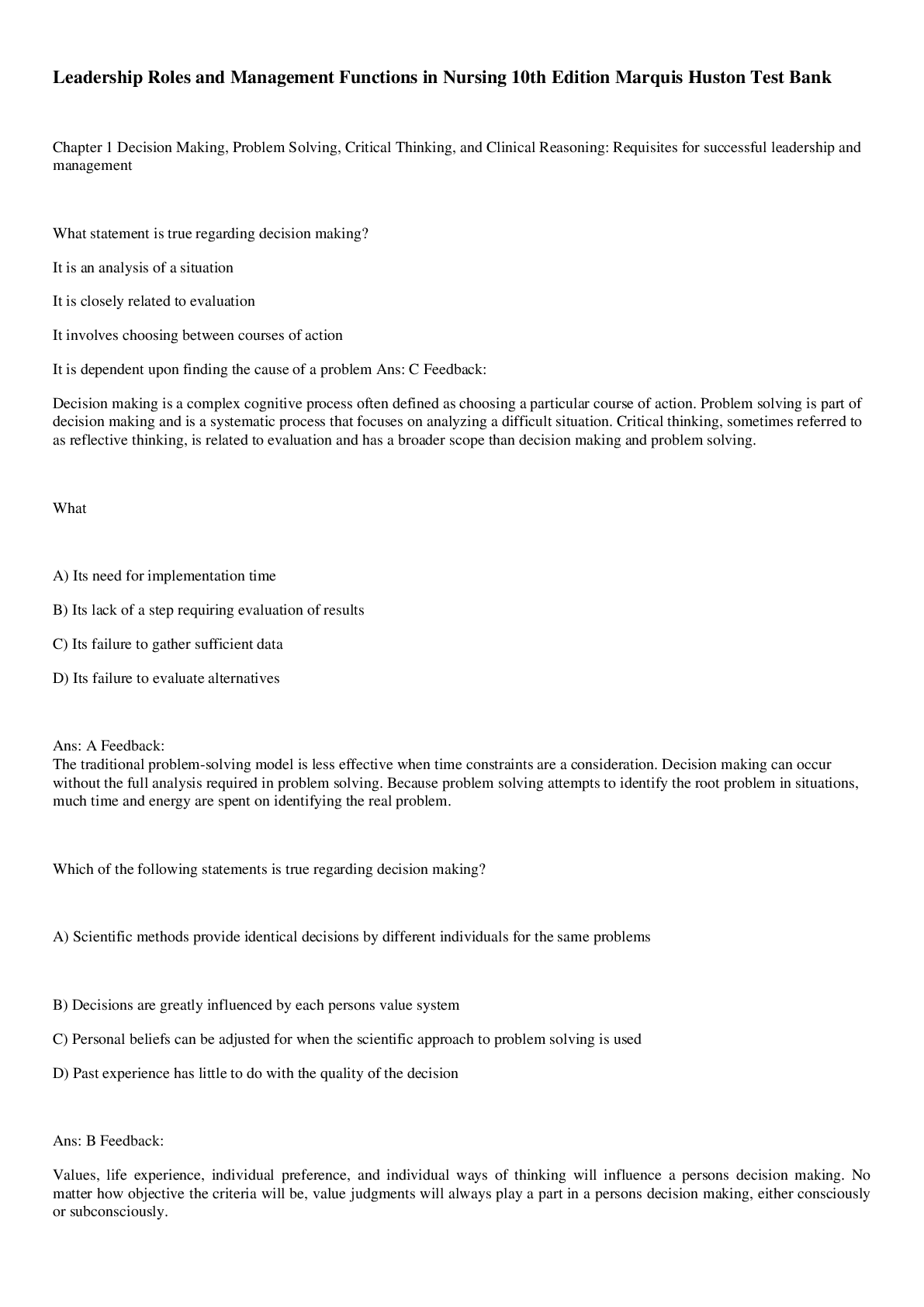

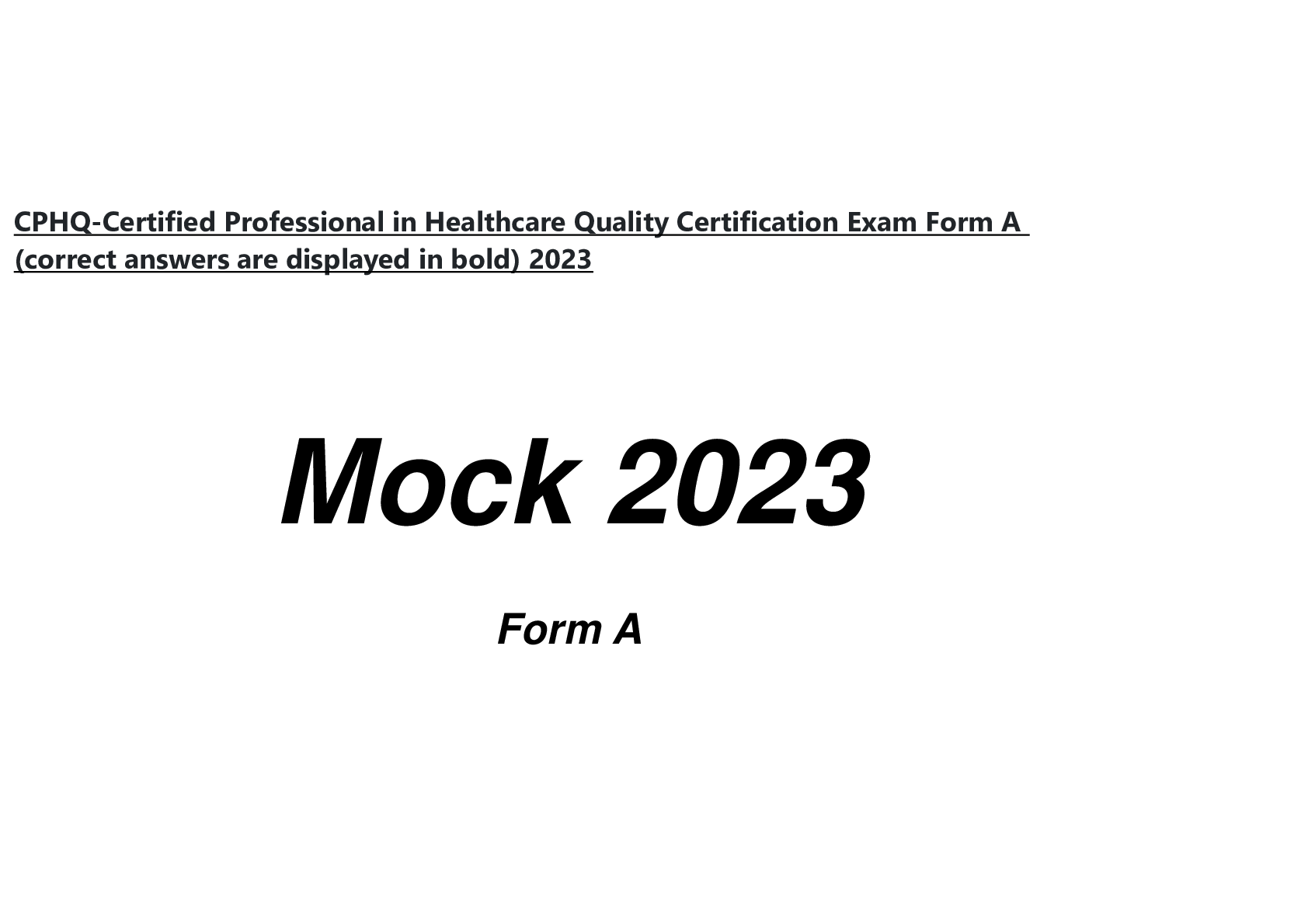
 (1).png)


 A+ Guide.png)


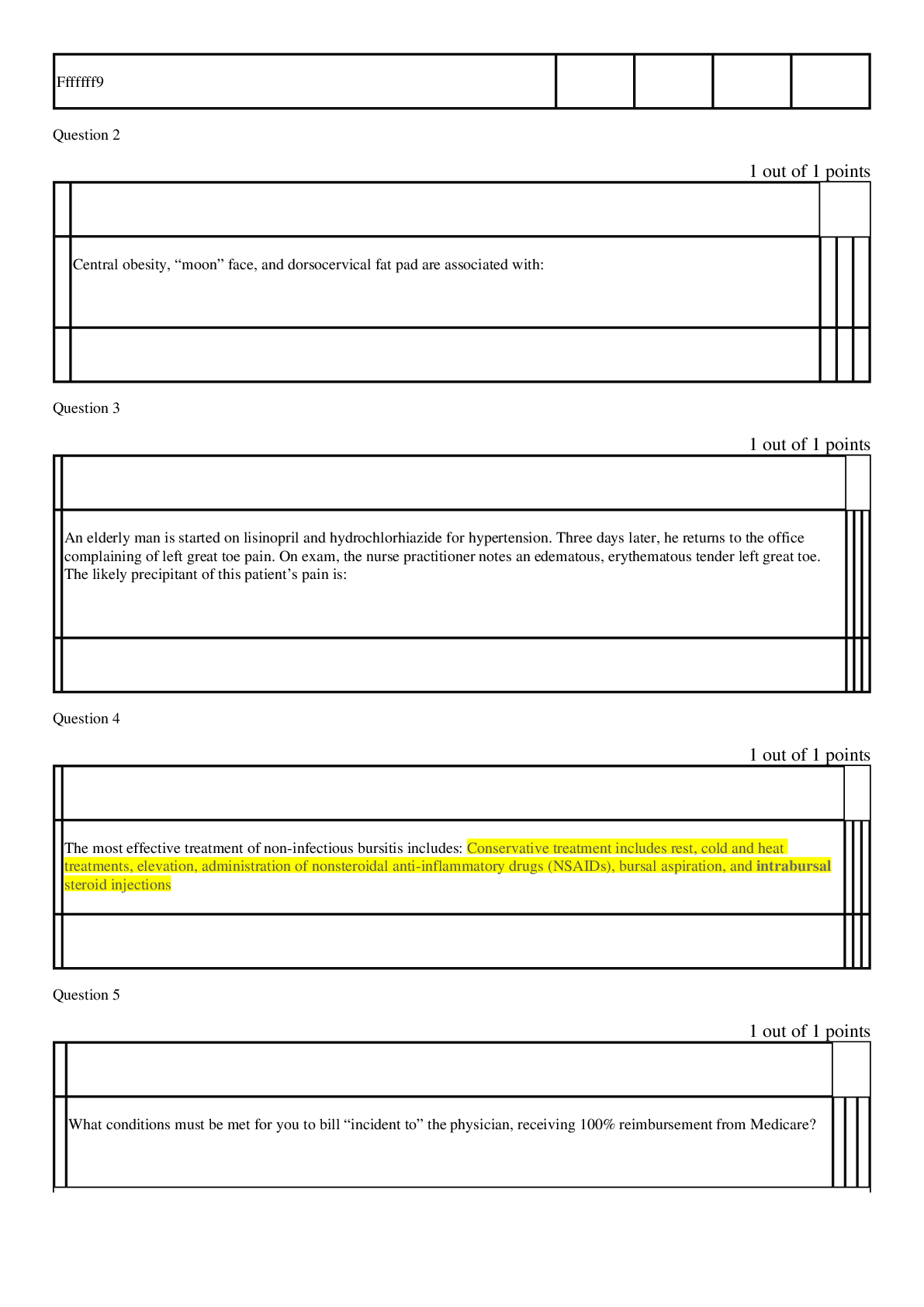
.png)


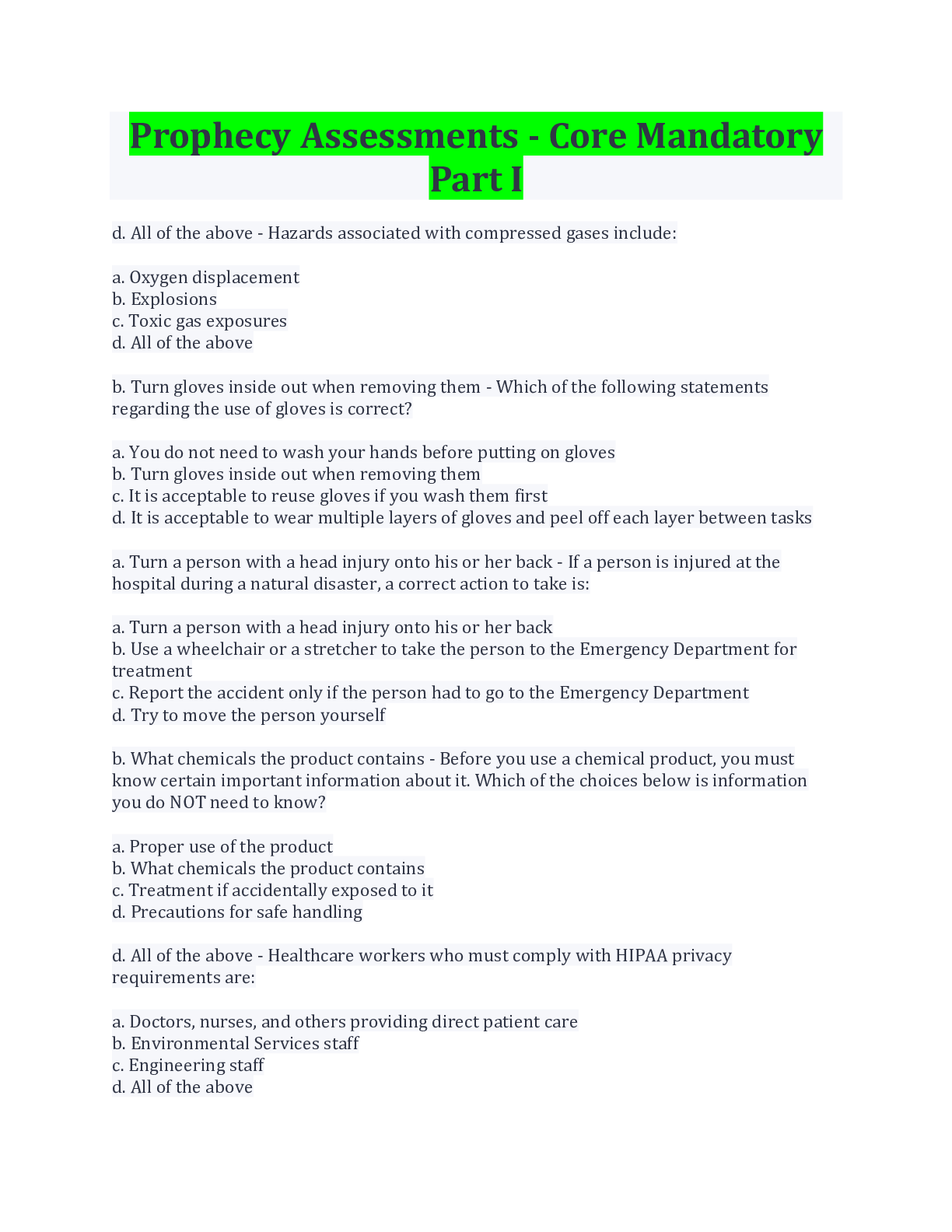
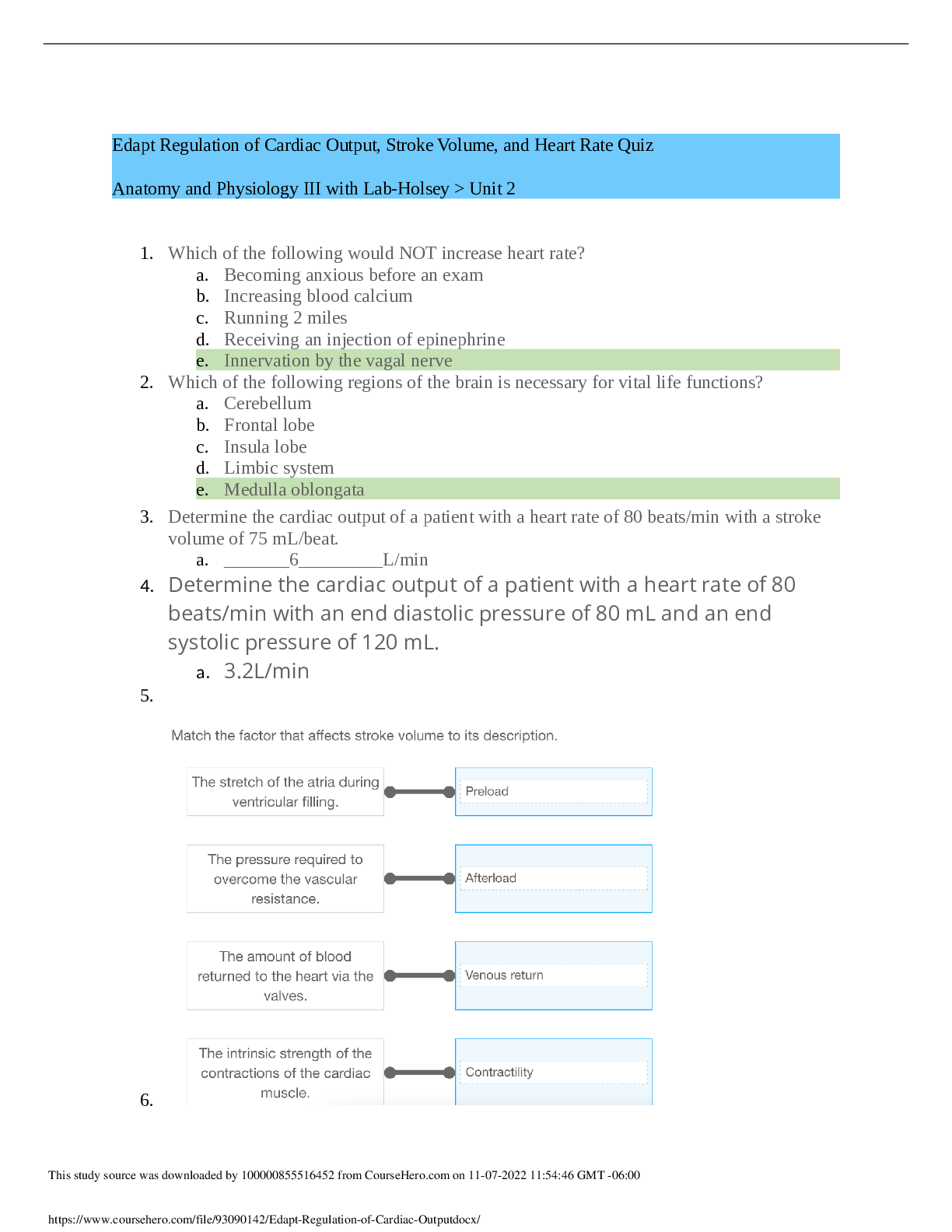
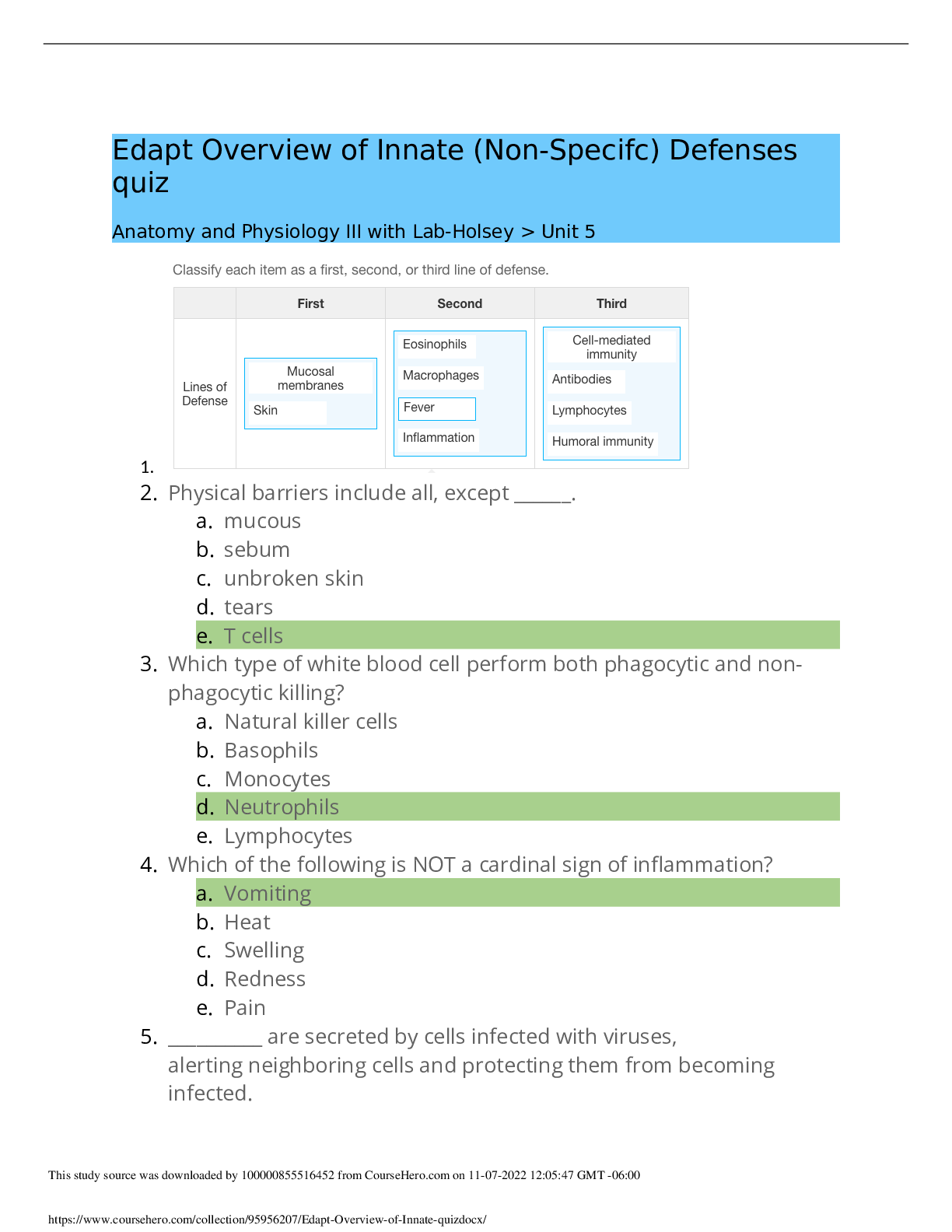
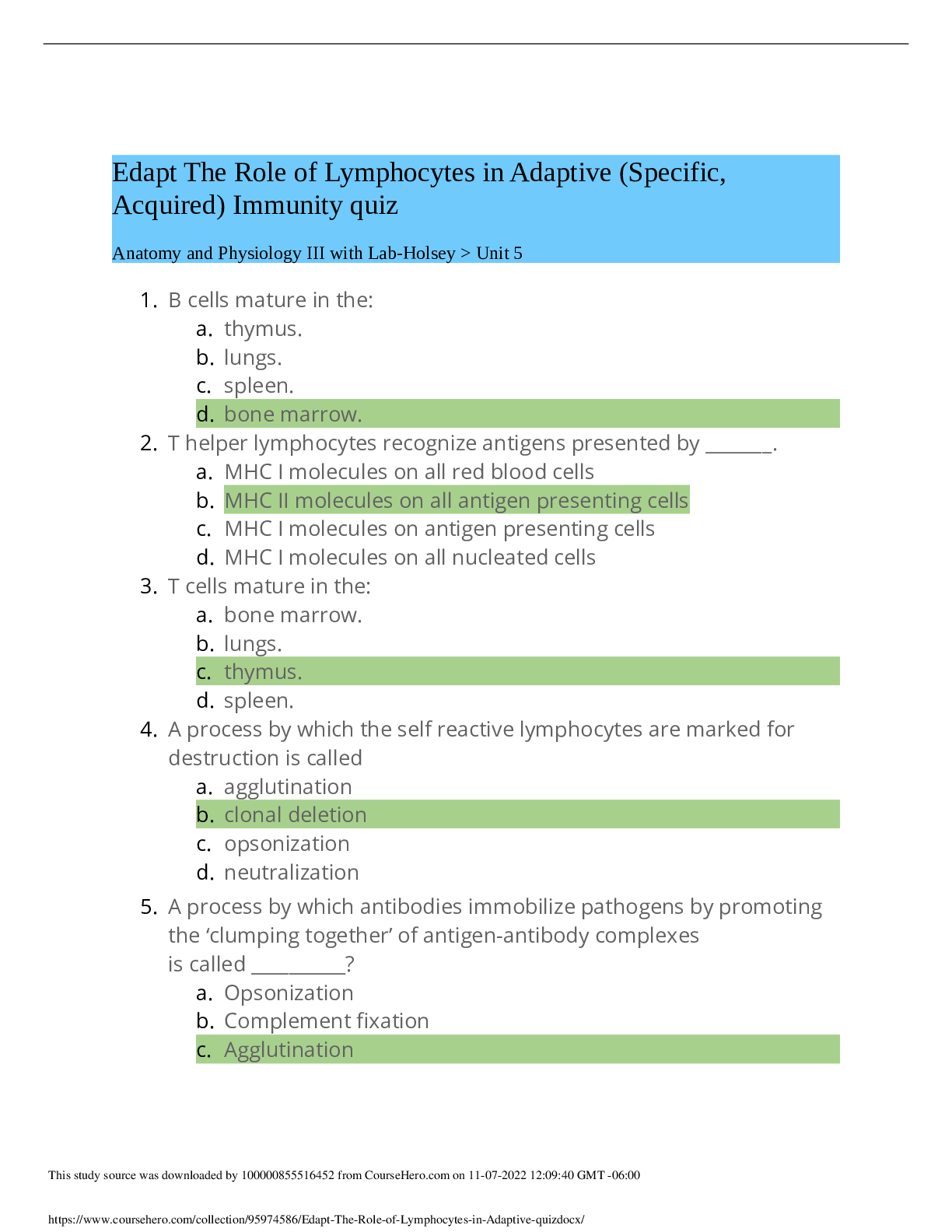


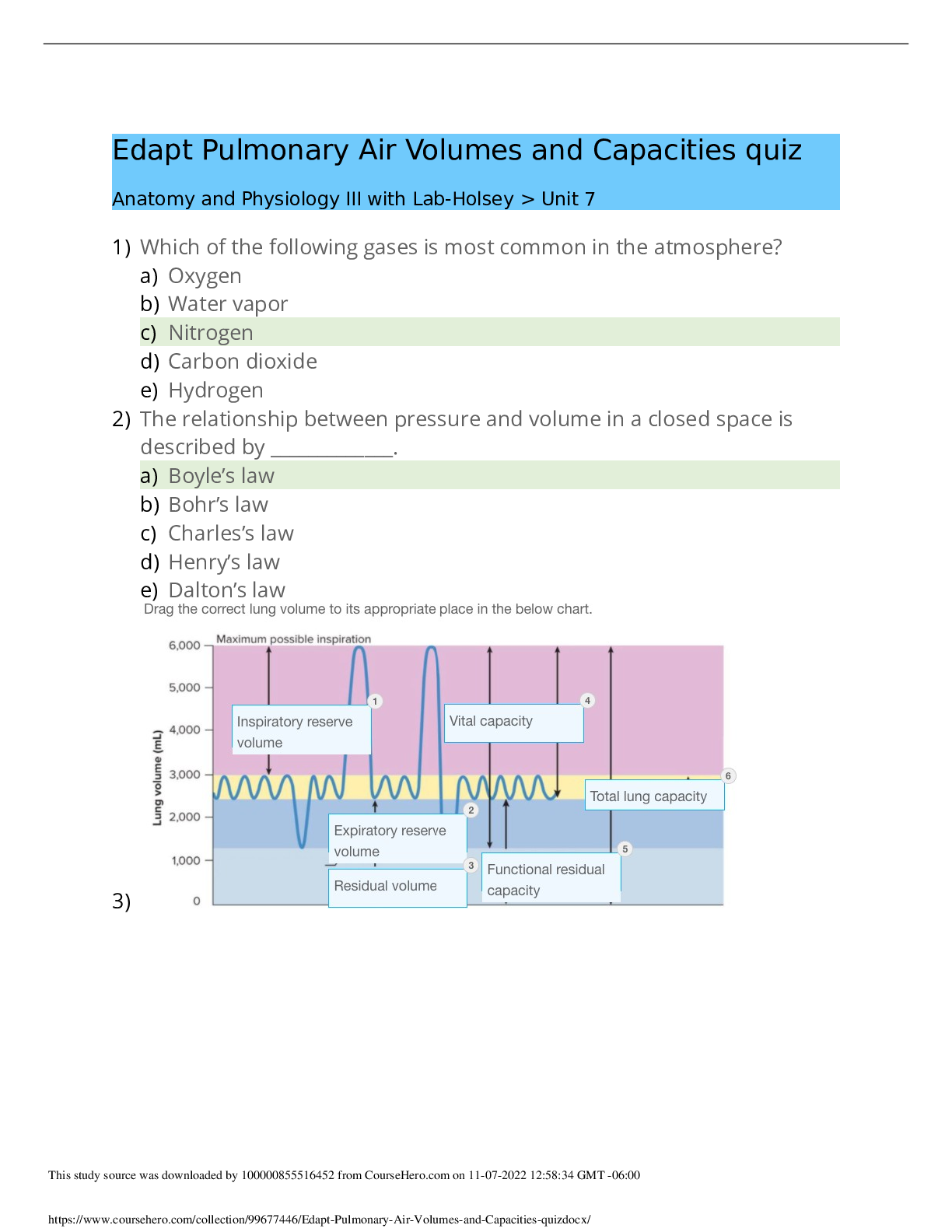
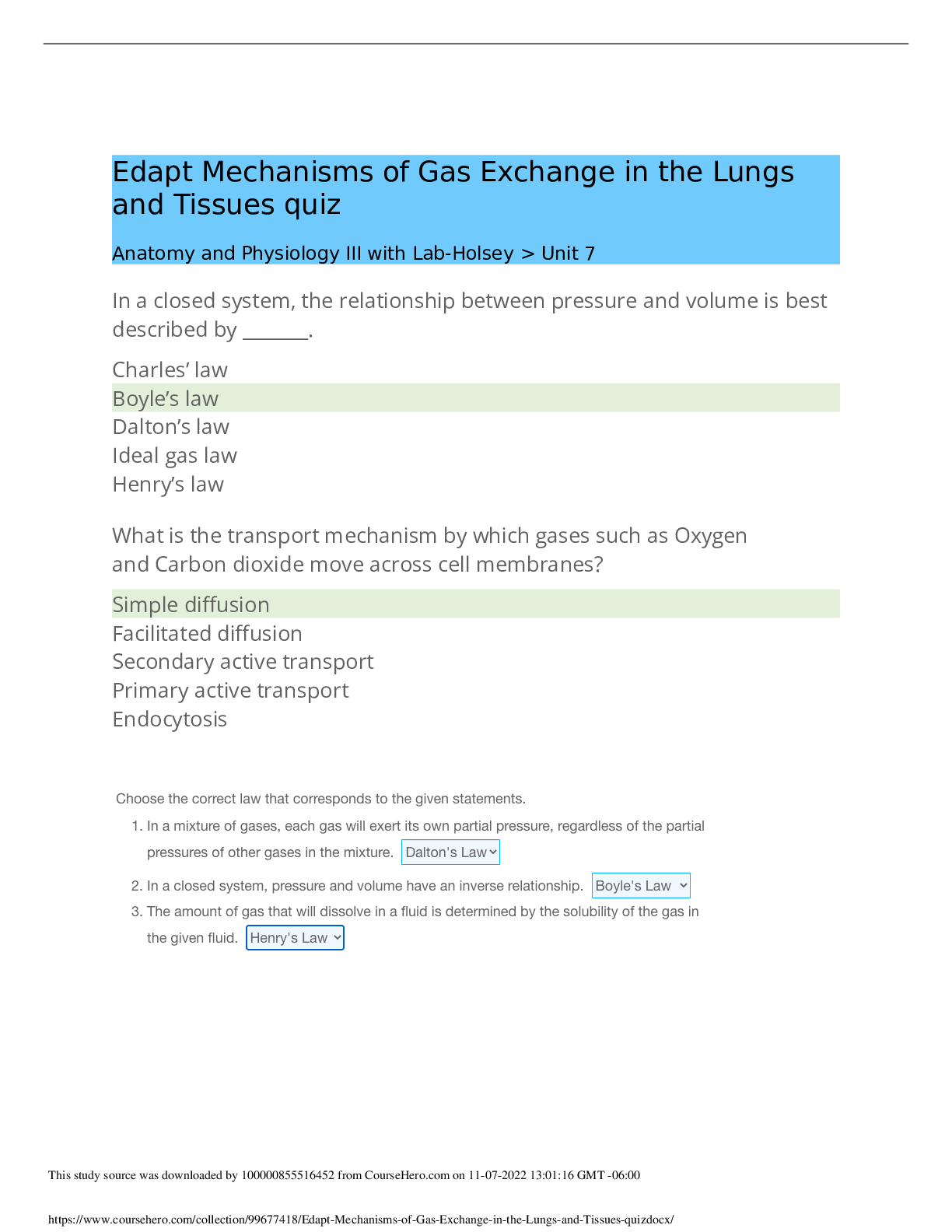
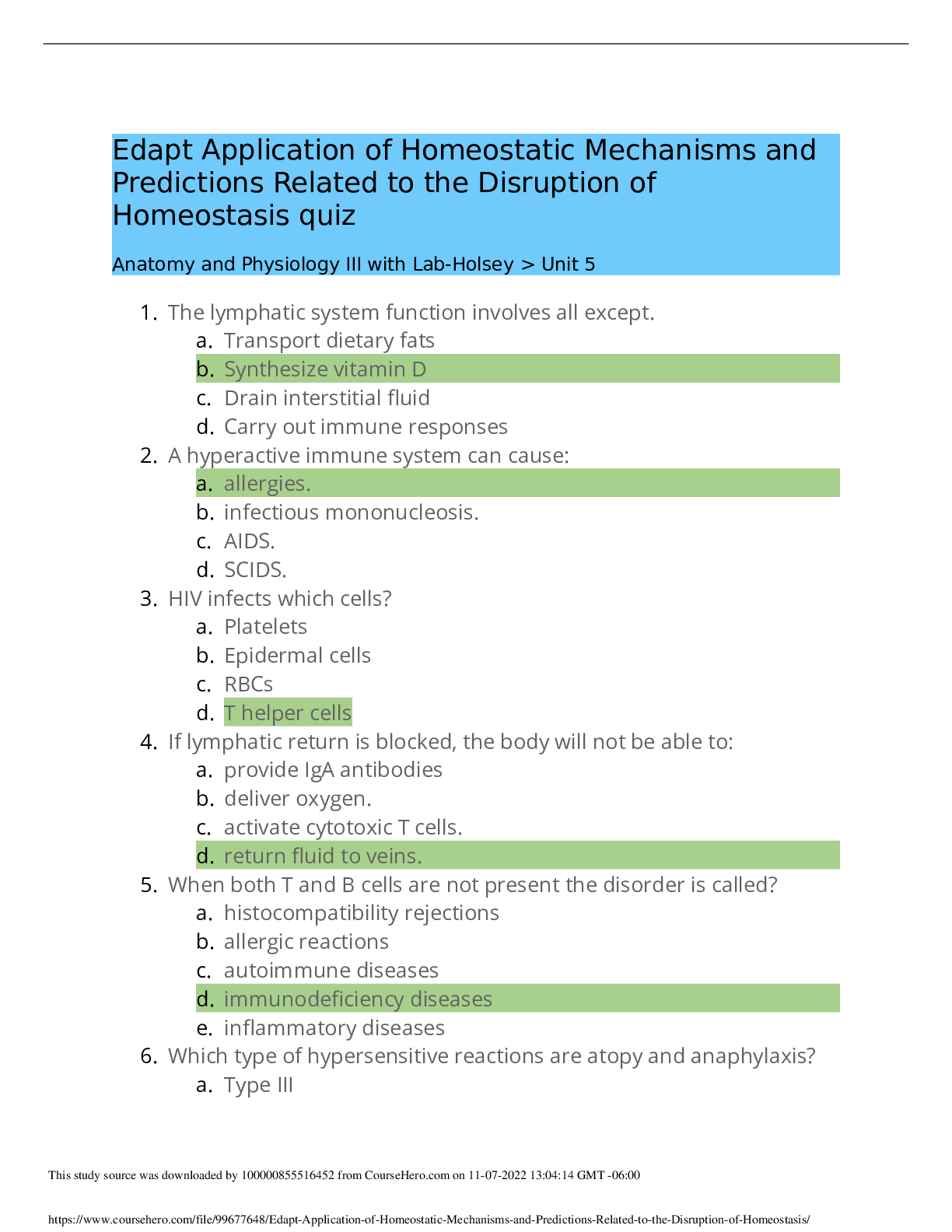
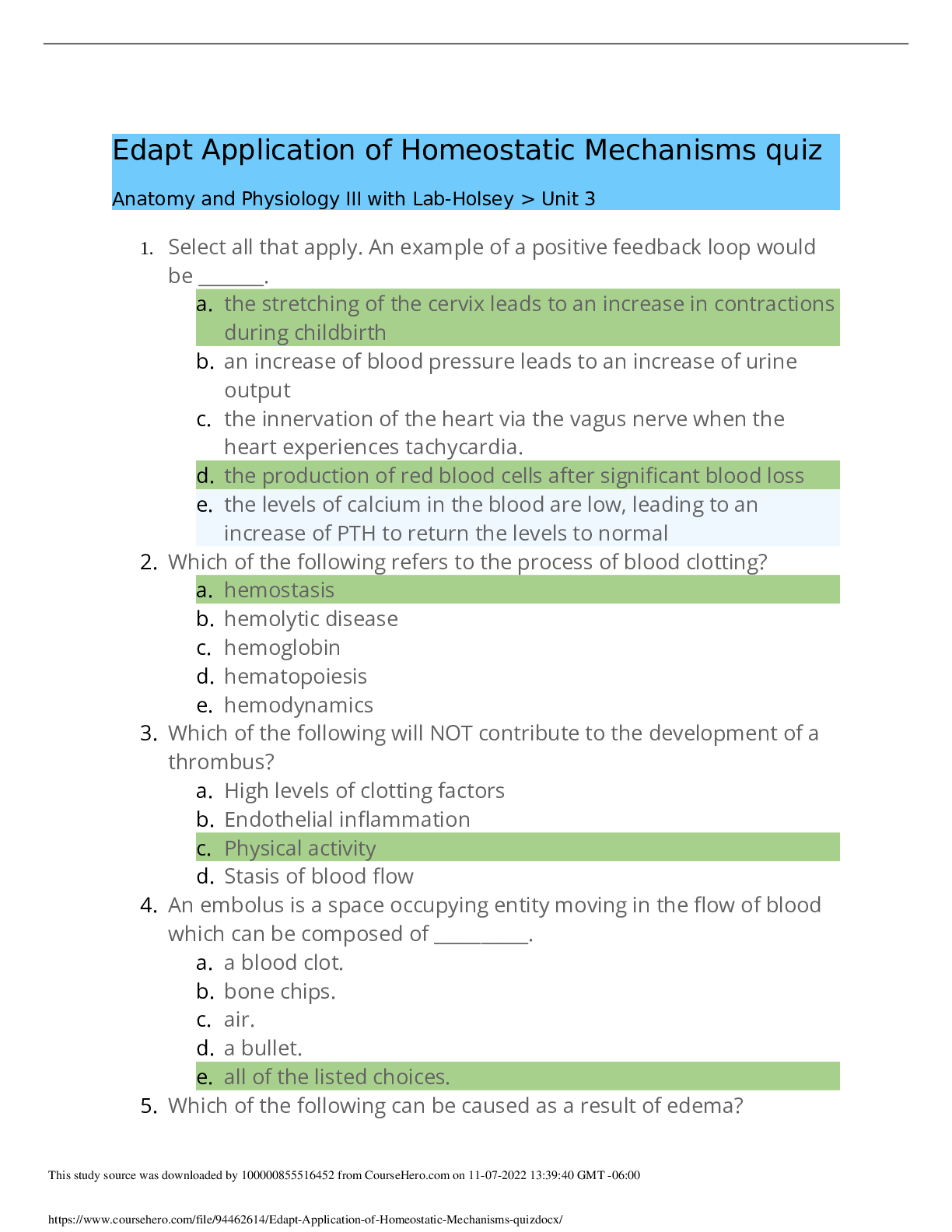
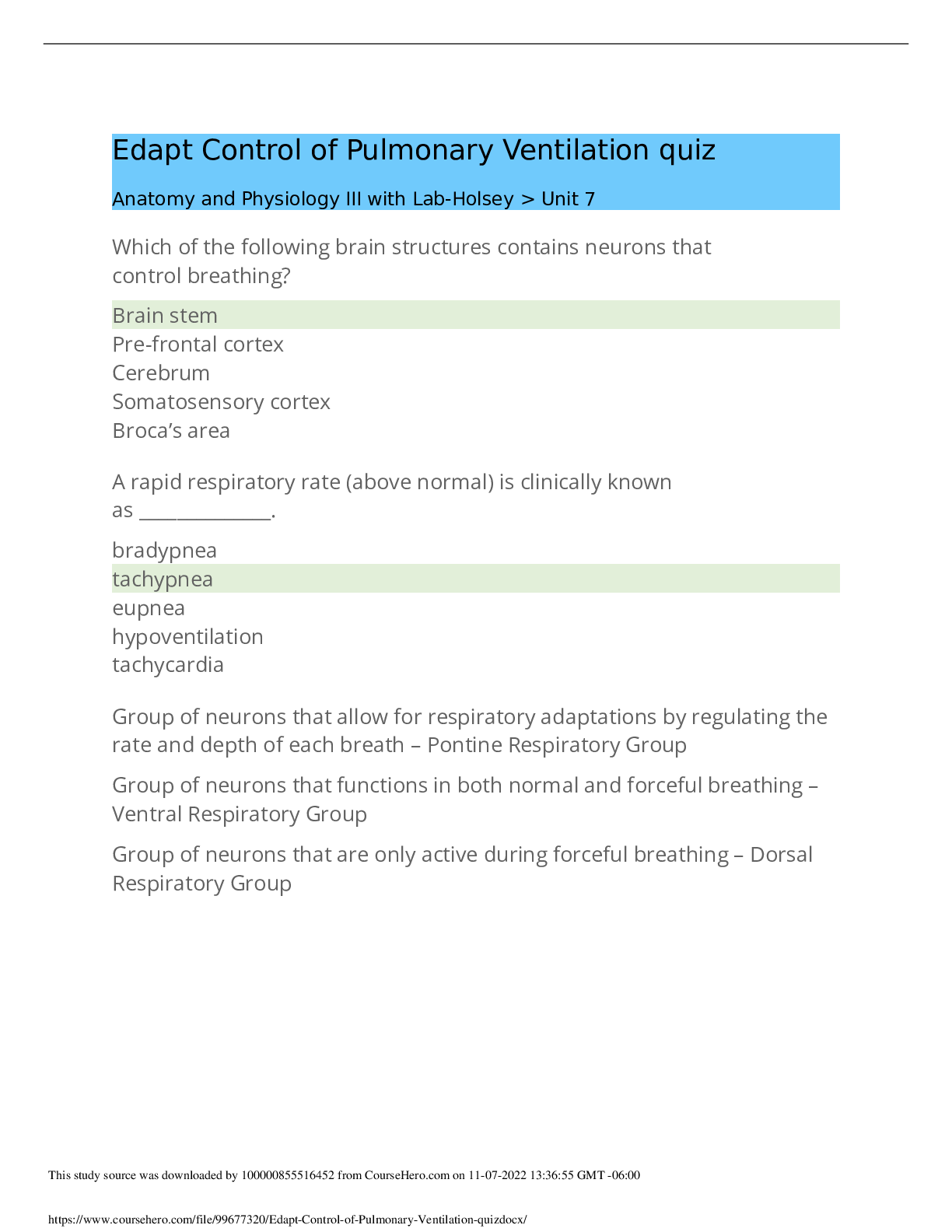
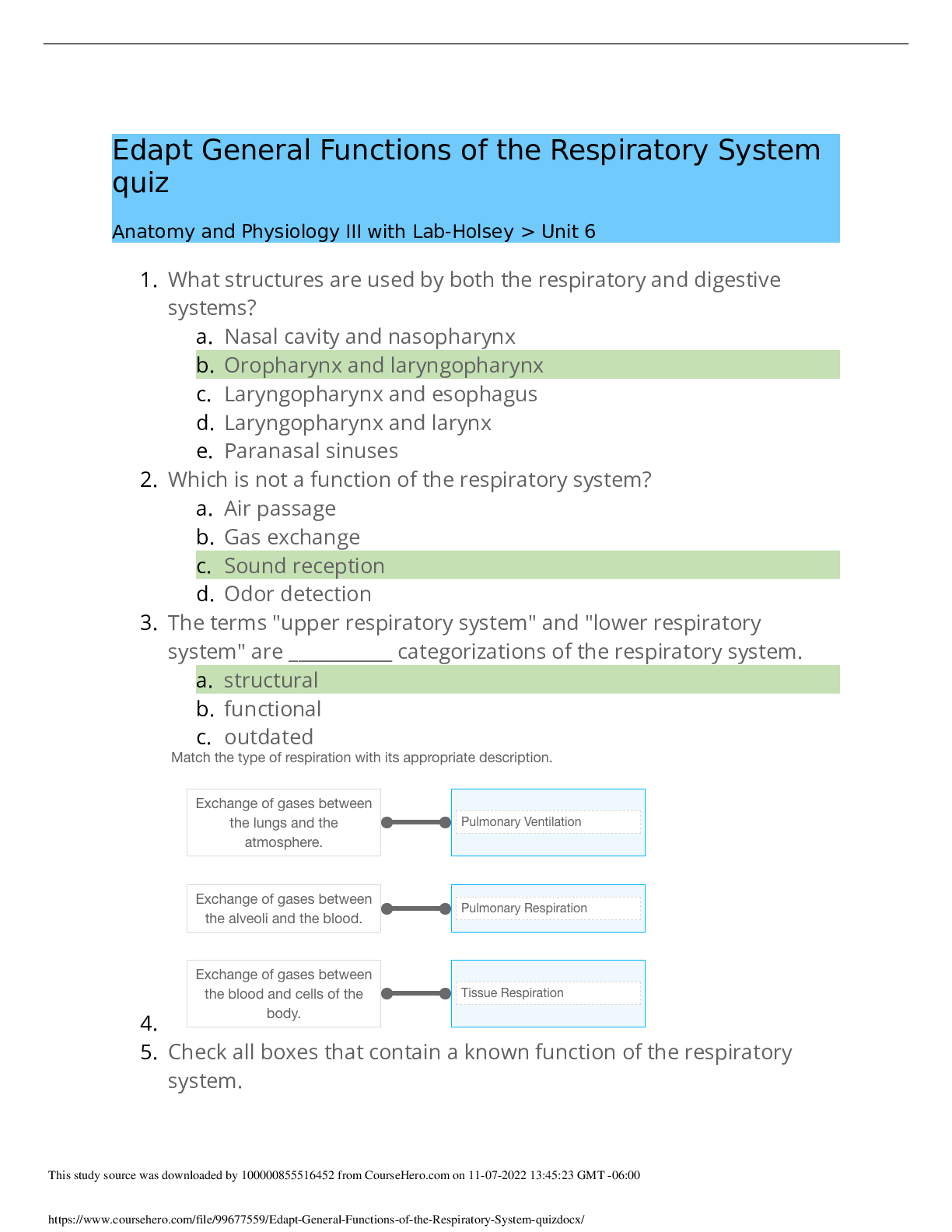
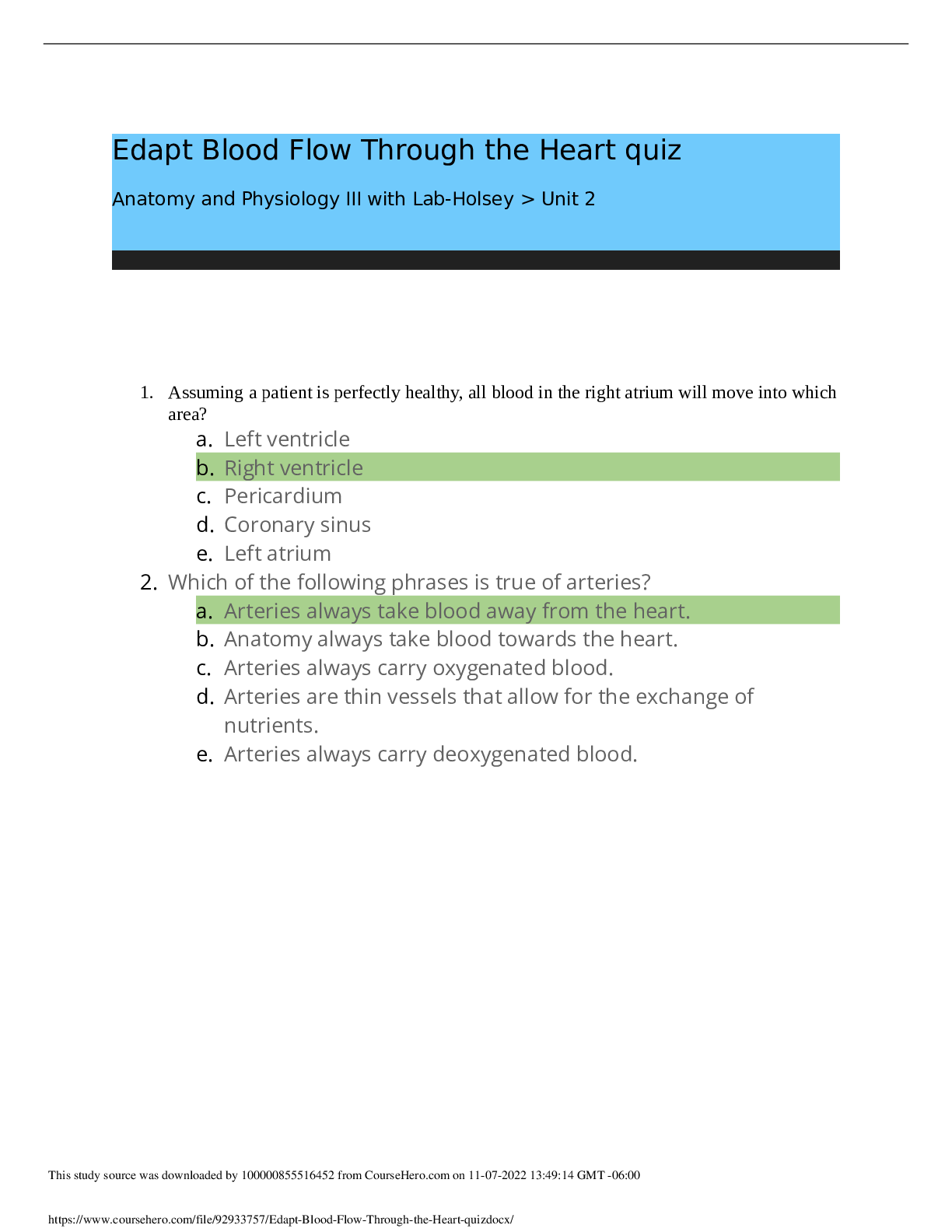
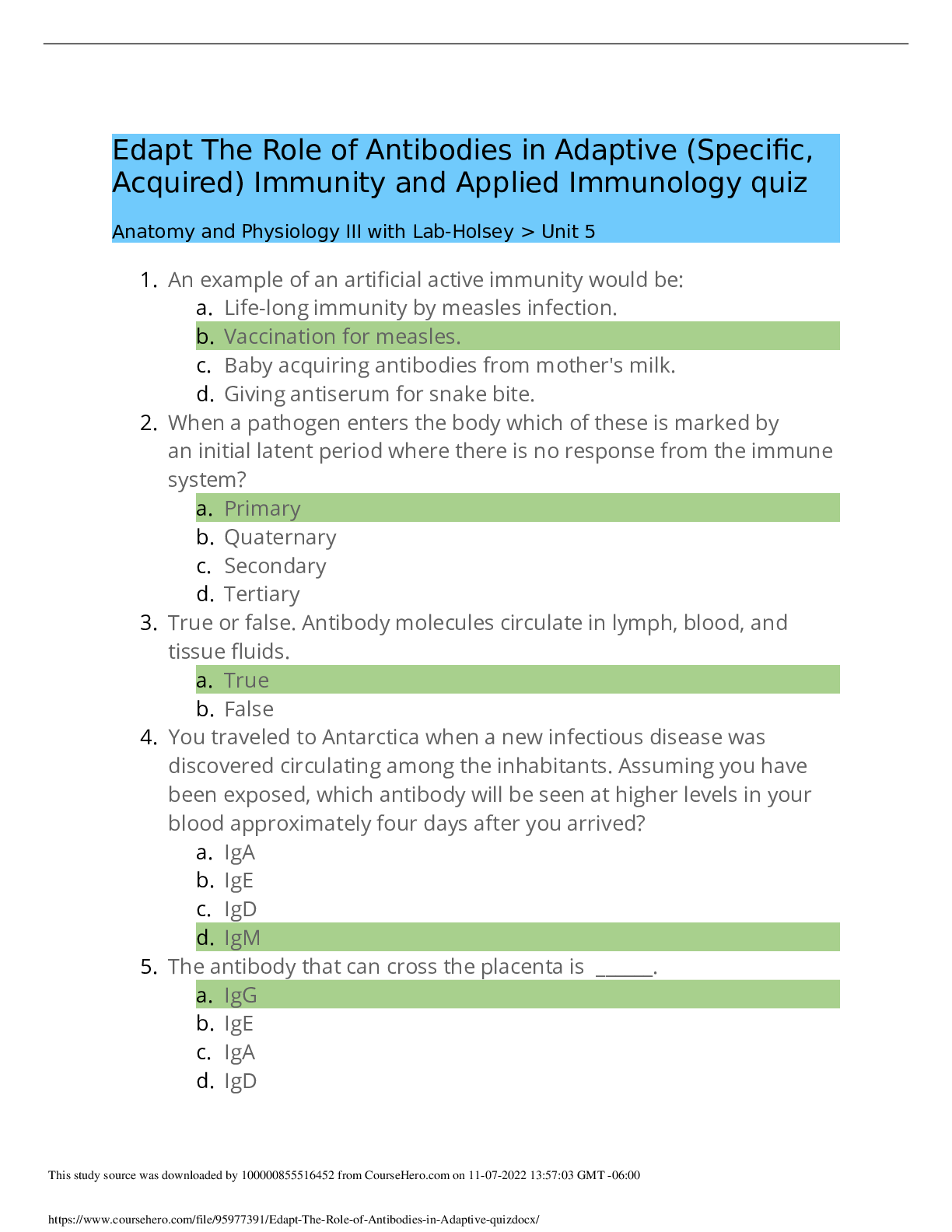
.png)

